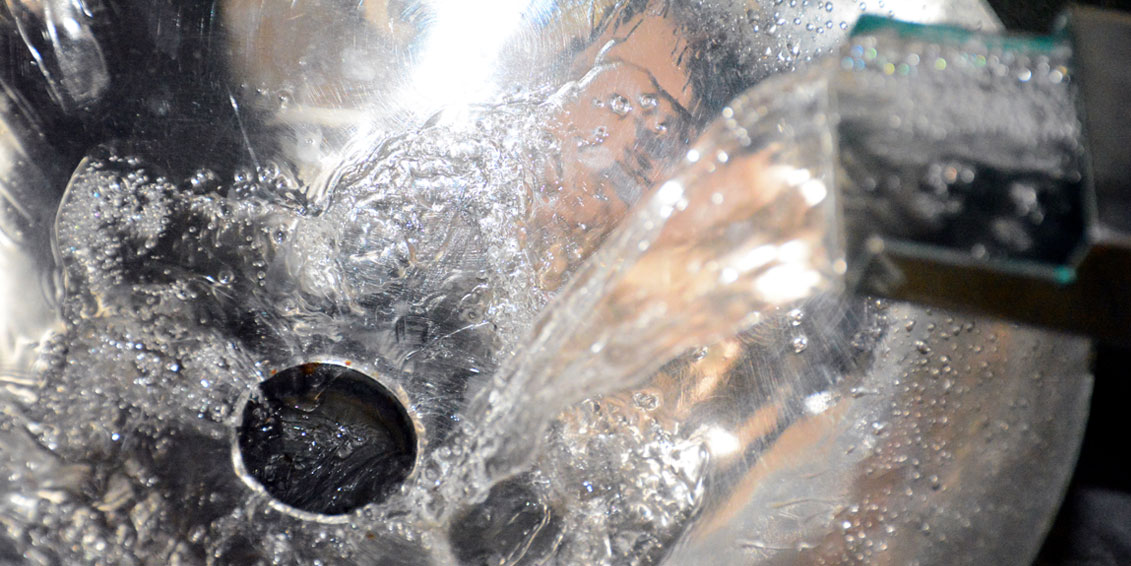Hailing from India, Paul John Whisky has managed to win the hearts of whisky connoisseurs all over the world since its inception in 2012. Paul John single malts are created from Indian 6-row barley sourced from across the vast lands of Rajasthan to the foothills of the Himalayas, and which claims responsibility for several of the whisky's intrinsic characteristics.
Barley has always remained the choice grain in the production of single malt whisky. In the past, barley was popular because it thrived better than other cereal crops in Scotland's more challenging growing conditions. It was also easier to malt than other grains. Today, it still remains popular due to its high starch content and necessary enzymes to convert the starch into sugars.
Maltsters either use two-row barley or six-row barley in the production of single malts. The terms "two-row" and "six-row" refer to the way the barley kernels which grow on the shaft of the plant. In the case of two-row barley, the kernels are arranged in two rows on opposite sides of the stalk. Six-row barley, on the other hand, consists of six rows of kernels arranged around the stalk.
Two-row barley kernels tend to be symmetrical and of an even size, so they tend to absorb water at about the same rate and germinate and dry about the same; they're also easier to grind in two-roller mills, while, six-row barley has a symmetrical centre, but the two lateral rows of kernels are a little shorter, thinner, and slightly twisted. Maltsters often separate each lot of six-row barley into several kernel size fractions since they differ in water uptake and germination speed.
Six-row barley has a number of advantages over two-row barley. It has much more protein which helps speed conversion to fermentable sugars. It possesses a higher enzyme content that helps convert starch into fermentable sugars. As compared to two-row barley, six-row barley has less starch and a thicker husk. Supplementing two-row malt with some six-row malt might also increase extraction, conversion time, and fermentability.

Paul John Single Malts are made from the finest Indian six-row barley sourced from regions such as Uttarakhand, Punjab, Haryana and Rajasthan. The high fibre and protein content lends a distinctive tannic and fruity taste to the spirits. There is also a hint of floral undertones due to the high protein content of the 6-row barley used in the process.

Owing to the higher husk content, the barley produces an oilier wash which translates to an oilier spirit. This is one of the key reasons why all Paul John whiskies are bottled at cask strength or at least 46% ABV and are non chill-filtered to retain the original colour and taste.

The tropical climate of coastal Goa causes an Angel Share of 8-10% as compared to 2-3% in Scotland, which accelerates rapid maturation hence giving a creamy finish to the whiskies.
For the Peated whiskies, the level of the smokiness of a whisky is determined by exposure of the barley grain to the pungent peat smoke during the drying process. Damp malt is usually dried for approximately 30 hours. Paul John Whisky sources its peat from the regions of Islay and Aberdeen.

The Great Indian Single Malt currently produces a wide range of Whiskies,
The Flagship Collection comprises of the un-peated BRILLIANCE, slightly peated EDITED and the heavily peated BOLD.
The Select Cask Collection includes the CLASSIC & PEATED. Skilfully crafted and anchored, the Select Casks whiskies are masterpieces drawn from selected casks tendering them with a distinct character.
The Single Casks, unique, priceless and limited, are for the true connoisseurs.
Rarities, the limited edition whiskies of Paul John come in a bow of KANYA, OLOROSO and MARS ORBITER. The Whiskies possess sheer rarity amalgamated with intense flavours, drawing anyone closer for a sip from the land of diversity. They are an affirmative choice for any enthusiast's collection.



